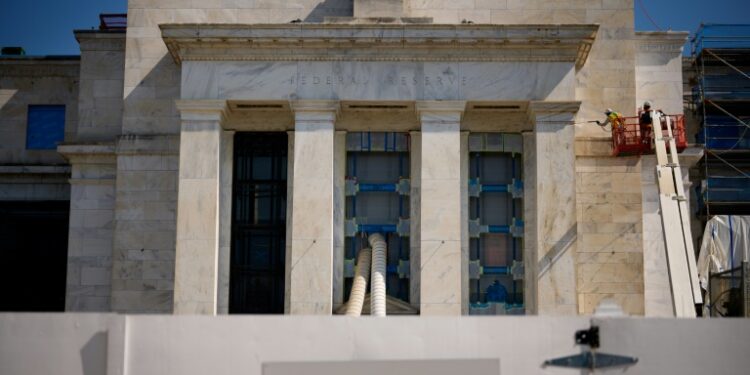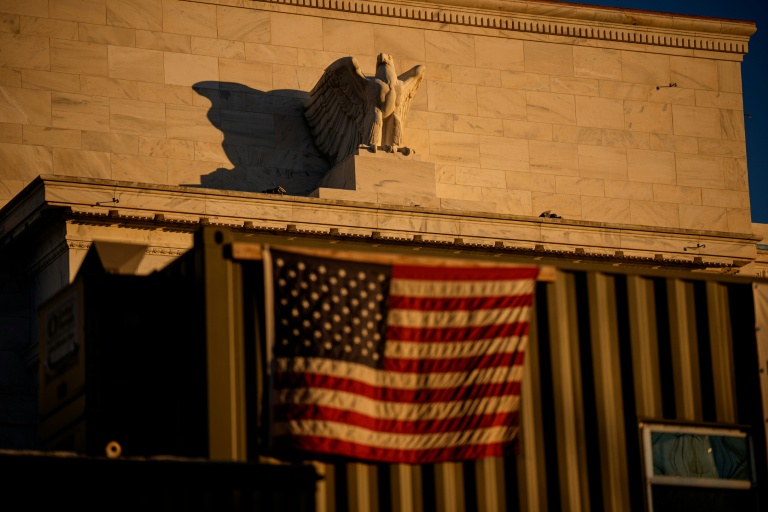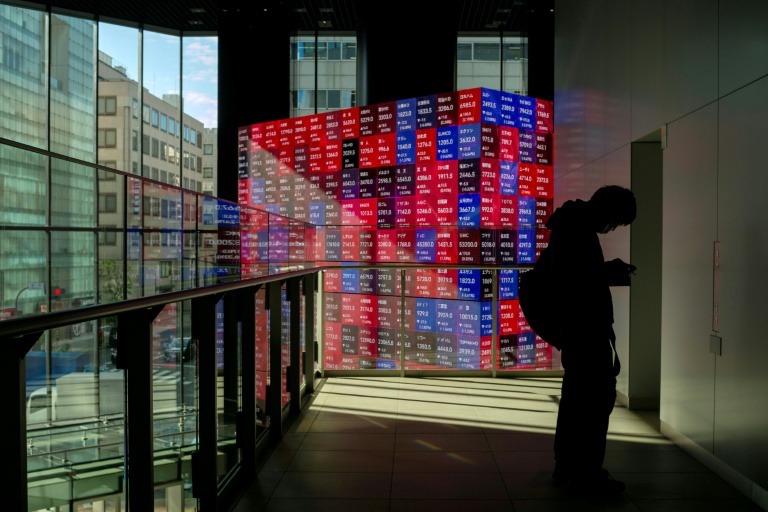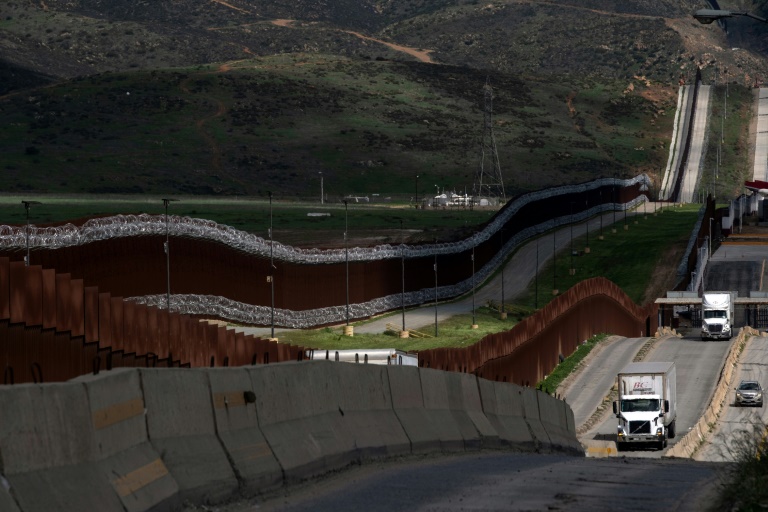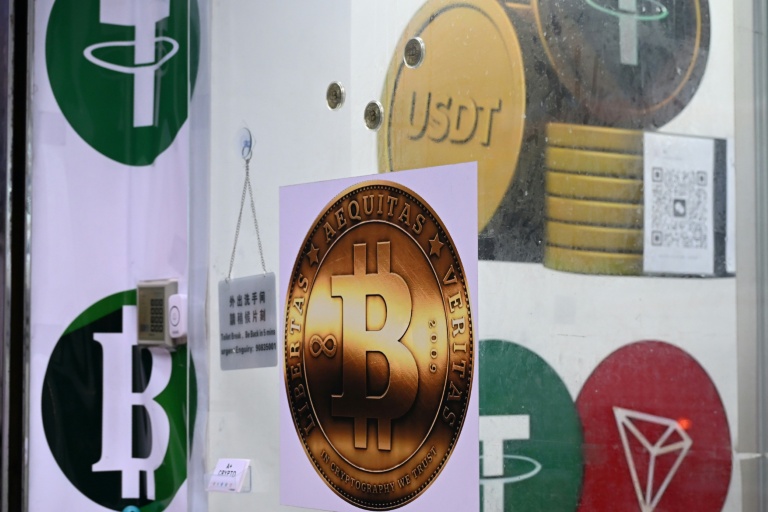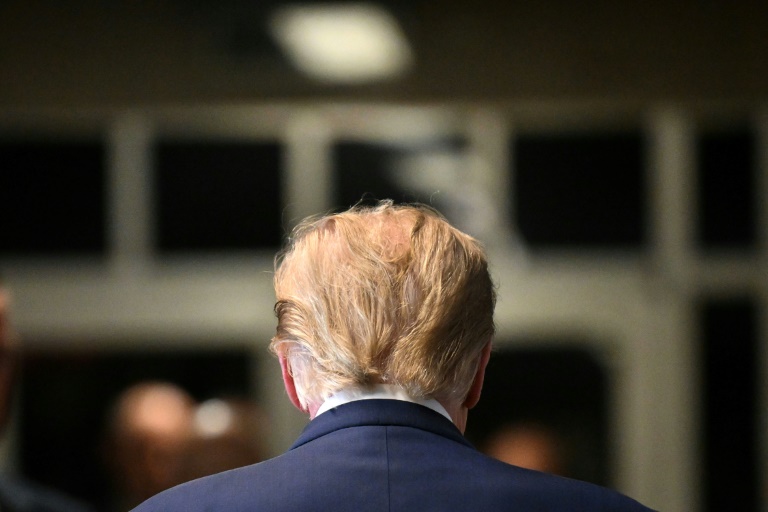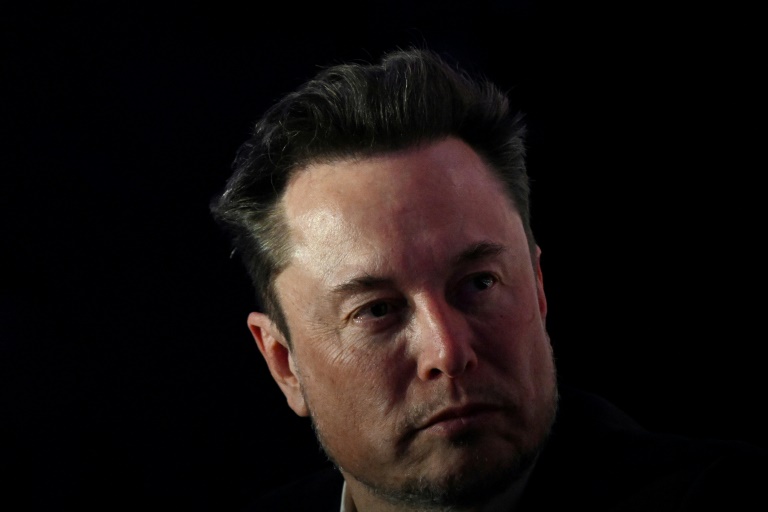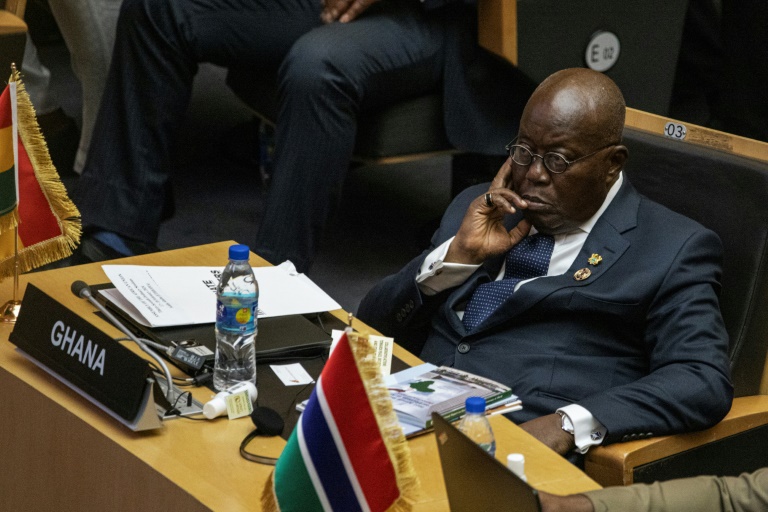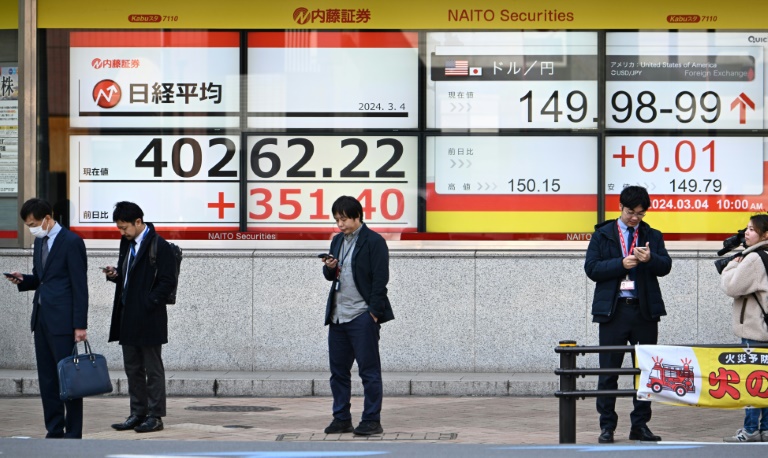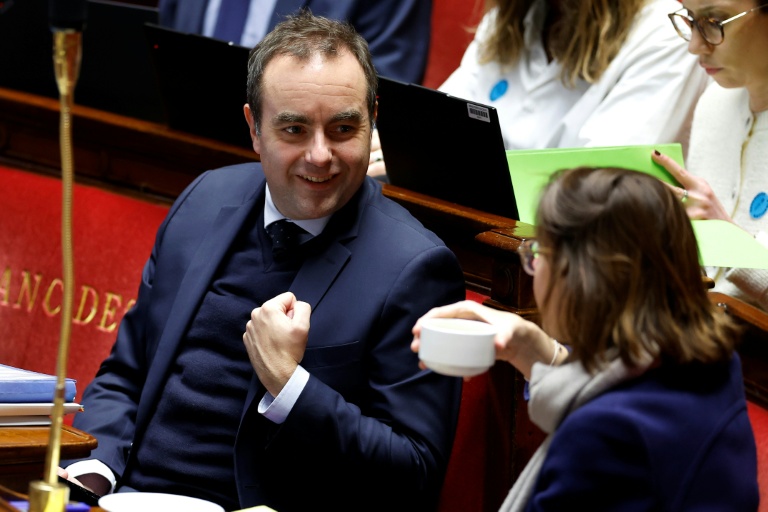Washington (AFP) – The US Federal Reserve kept interest rates unchanged Wednesday, defying strong political pressure from President Donald Trump to slash borrowing costs — although divisions emerged among policymakers. The central bank’s call to hold interest rates at a range between 4.25 percent and 4.50 percent for a fifth consecutive meeting came with two dissents, marking the first time since 1993 that two Fed governors voted against a rate decision. It also came amid a flurry of data releases this week, including an estimate showing the world’s biggest economy returned to growth in the second quarter. But the uptick was heavily influenced by a pullback in imports after businesses rushed to stockpile inventory in the first quarter ahead of Trump’s expected tariffs.
In announcing its decision Wednesday, the Fed cited a moderation in economic activity in the first half of the year and “solid” labor market conditions. It warned however that “uncertainty about the economic outlook remains elevated,” while inflation too is somewhat heightened. Asked about US tariff deals and whether they brought more certainty to policymakers assessing the effects of duties, Fed Chair Jerome Powell said: “It’s been a very dynamic time for these trade negotiations.” “We’re still a ways away from seeing where things settle down,” he told a press conference. Trump has also vowed to impose an incoming raft of new tariff rates come Friday.
Despite the dissents by Fed governors Christopher Waller and Michelle Bowman, Powell maintained that it had been a “good meeting” with thoughtful arguments around the table. The dissents by Waller and Bowman, who had preferred a 25 basis points cut, were largely expected by financial markets. Both officials had earlier indicated openness to a July reduction. But KPMG chief economist Diane Swonk said: “We should expect the Fed to become less unified as we get closer to a potential cut in rates.” The hardest challenge for the central bank would be a worsening in employment alongside a pick-up in inflation, she added in a note. “The extent of those shifts is the point of contention and subject to uncertainty. That leaves the Fed in the uncomfortable position of traversing a high wire without a safety net,” Swonk added.
It can take anywhere from six to 18 months for the full effects of tariffs to materialize, she said. But Swonk also flagged the “hyper-politicized environment” in which divisions are happening. Trump has lashed out repeatedly at the independent Fed chair for not lowering rates sooner — calling him a “numbskull” and “moron.” The president, citing Wednesday’s GDP figures, earlier said Powell “must now lower the rate.” The repeated attacks have fueled speculation that Trump may attempt to fire Powell or otherwise pressure him to resign early. Powell’s term as Fed chair ends in May 2026, and he defended Wednesday the independence of the central bank as having “served the public well.”
Powell appears to be opening the door slightly to a September rate cut, although this is not guaranteed, said Navy Federal Credit Union chief economist Heather Long. “He repeatedly described a solid and resilient economy, but he acknowledged there are ‘downside risks’ to the labor market,” she added in a note. “The July and August job reports will be key for the Fed,” Long said. Official employment numbers for July are due to be released Friday.
For now, EY chief economist Gregory Daco warned that “tariff-induced price pressures” are starting to filter through the economy. Companies are citing weaker earnings and higher input costs, while job market conditions are weakening and elevated consumer prices are beginning to weigh on retail sales, he said. Swonk noted that firms which absorbed much of the initial inflation due to tariffs have been cautioning of price hikes too. And Trump has signed more orders Wednesday for fresh tariffs, including on copper products, adding to uncertainty, she said. “We think the uncertainty and balance of risks will push most of the (Fed) to remain in wait-and-see mode at least a few months longer,” said economist Michael Pearce of Oxford Economics.
© 2024 AFP

